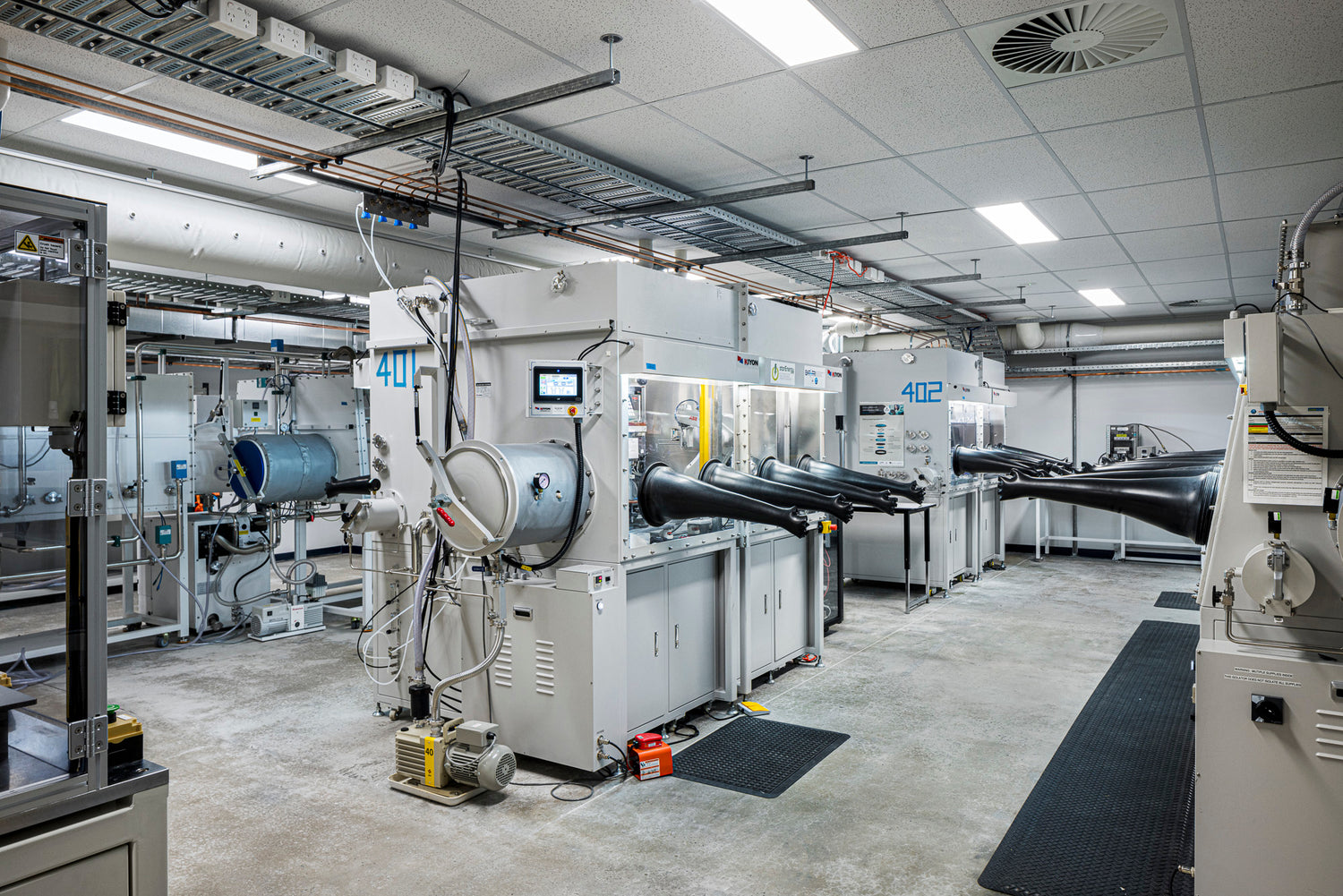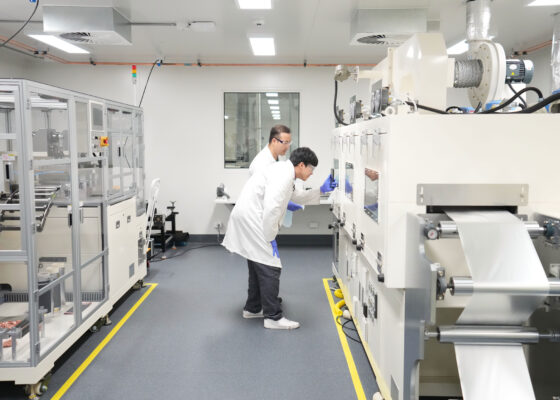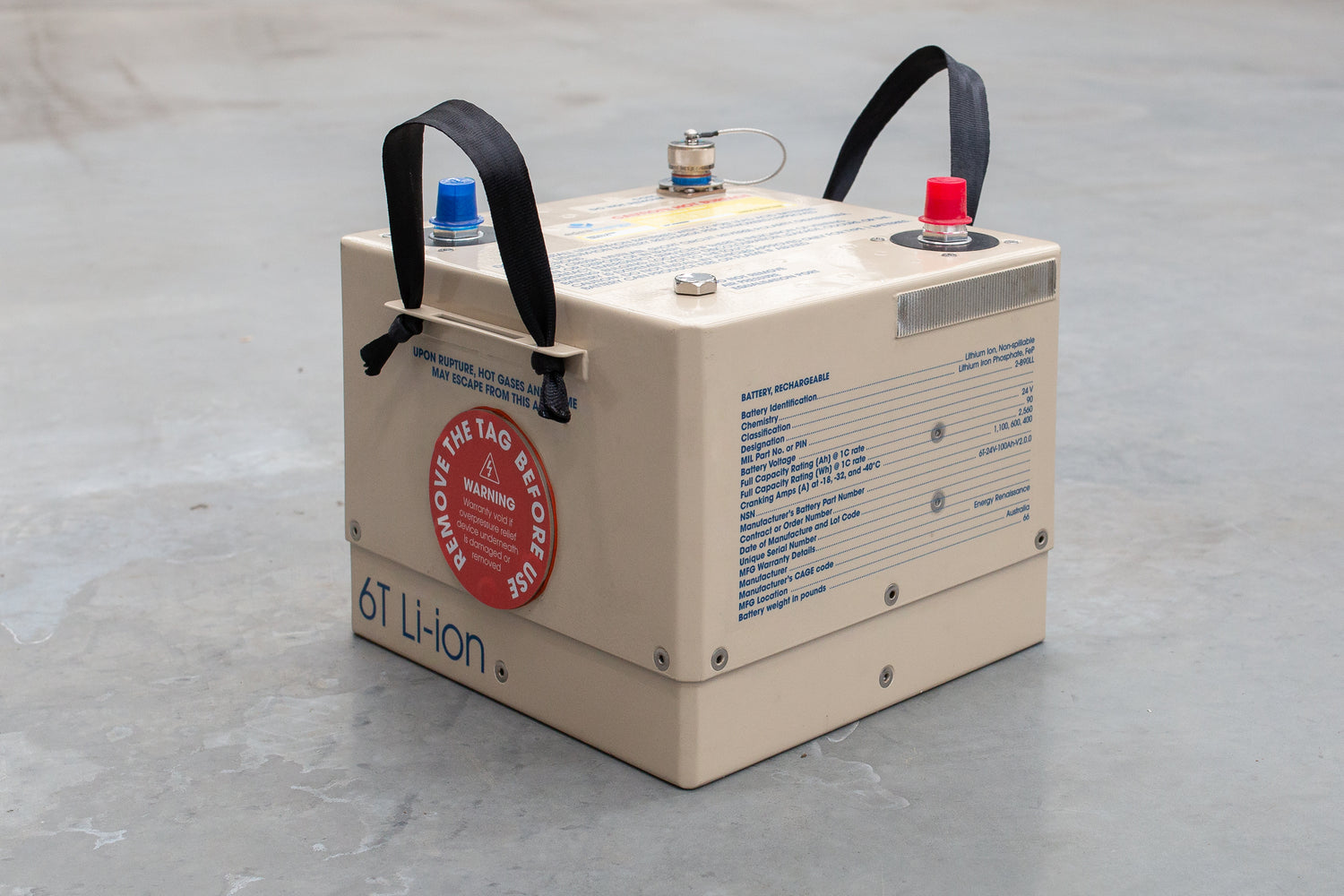Manufacturing Australian batteries with the security and confidence of a trusted supply chain
Reduce exposure to foreign supply chain vulnerabilities
Relying heavily on a foreign supply chain for critical sectors like defence and batteries presents several significant risks:
- Supply Chain Vulnerabilities: The risk of counterfeit, corrupted, or obsolete components entering the supply chain can't be overstated. This "Trojan Horse" threat can compromise the integrity and security of defence equipment and systems
- Geopolitical Risks: Geopolitical tensions can disrupt supply chains. Trade restrictions, export controls, or political maneuvering could suddenly cut off access to essential materials and components, leaving critical systems vulnerable.
- Economic Espionage and Security Threats: Foreign suppliers have been identified as a major source of economic espionage. The theft of intellectual property and trade secrets can jeopardize national security by allowing adversaries to gain access to sensitive technology and information.
- Overreliance on a Single Unfriendly Source: Depending on a single less-than-friendly source, especially for critical materials like lithium, nickel, cobalt, and other minerals essential for batteries, can create a choke-point in the supply chain. This dependency can lead to disruptions if an overseas supplier decides to withhold or restrict exports.
Unlike many global suppliers, EDEA’s supply chain relies on trusted partners in Australia, Japan, Taiwan and South Korea, leveraging proven cell chemistries, advanced manufacturing and strong defence alliances while minimising exposure to geopolitical uncertainties.
This gives our clients full confidence in continuity of supply during times of conflict and political unrest.

100% Australian pouch cell batteries today
EDEA Energy, in partnership with Deakin University's Battery Research and innovation Hub, has the capability to
prototype and manufacture bespoke and advanced sovereign battery types at scale. This eliminates the need to rely on foreign supply chains giving you confidence in supply.
In the dry room for pilot battery production, we can maintain the moisture level of the room (i.e. the dew point) below –40 °C. This enables electrode coating of moisture-sensitive materials and ensures the high quality of our coated electrodes.
Deakin has a range of mixers to make slurries with a volume of up to 2 L per batch.
A roll-to-roll coater with three ovens allows us to perform both continuous and intermittent coating of slurries to manufacture the electrodes with the desired coating width, length and patterns.
Electrode rolls are vacuum dried and compressed through a roll-to-roll calendering machine.
For pouch cell assembly, electrode rolls are cut into rectangular shapes using either a sheet cutter or a high-throughput roll-to-sheet cutter, and the cut electrode sheets are transferred to a glove box.
In the glove box, Deakin has the sophisticated robotic Z stacker that automatically places cathodes, separators and anodes in an expertly-aligned pile.
Those stacked layers are enclosed in the pouch materials with tabs (for electrical connection) and inside the pouch (=voids in the stacked layers) is filled with electrolyte solutions. After this step, cells are fully sealed and transferred to testing spaces.

Testing and characterisation
Deakin University’s dedicated laboratory space for battery cells, packs and systems testing, electrochemical testing of commercial batteries is undertaken as well as design and discover new battery advances (high energy batteries, sustainable batteries, safer materials for batteries).
Deakin has over 500 channels for testing batteries in chambers at fixed temperatures. Some of the channels have access to high-voltage (≤60 V) or high-current (≤100 A) tests.
Other than electrochemical testing, various characterisation instruments enable us to conduct further analyses of batteries to understand the relationship between battery performance and battery components deeply. Some of the characterisation capabilities include:
- thermal diagnostics of batteries (coin,
pouch and cylindrical cells) - abuse testing of batteries
- post-mortem failure analyses.

Processing sovereign cells for the super6T
Currently the EDEA NATO super6T batteries incorporate Australian cyber secure software and utilise 92% of Australian components, except the prismatic battery cells, which are imported. These batteries utilise a specific large form-factor prismatic cell that is not suitable for this method of cell processing.
The NATO super6T [p] power variant utilises Toshiba’s SCiB Lithium Titanate cells wholly manufactured in Japan, minimising geo-political risks and leveraging our strategic defence alliance.
The NATO super6T [e] energy development variant utilises a bespoke Lithium Ferris Phosphate cell temporarily sourced from China. We expect to shift to wholly Australian prismatic cells when a new cell manufacturing facility opens in 2027. In the interim we will be sourcing cells from Taiwanese and South Korean prismatic cell manufacturers and incorporating these cells from early 2026.

